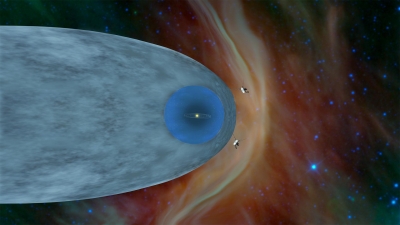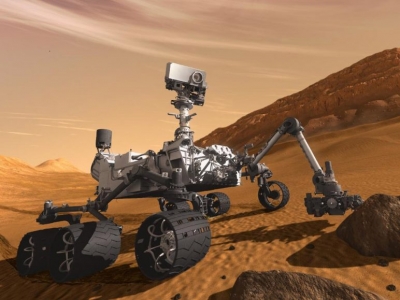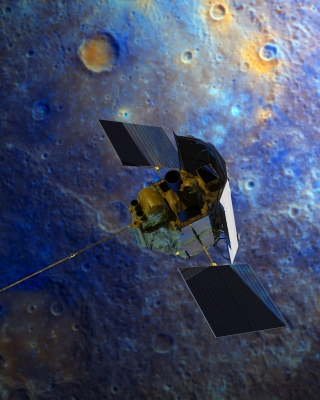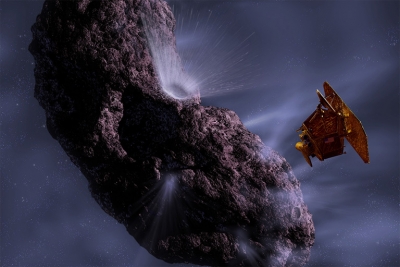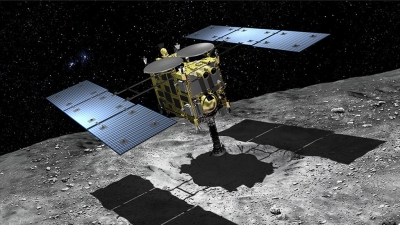Which is the first spacecraft to successfully dock the ISS to offload its cargo?
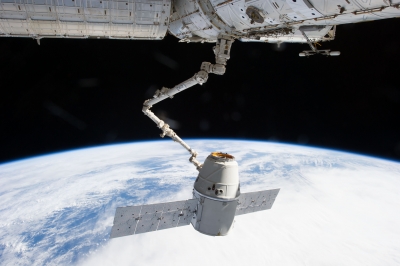
On May 25, 2012 SpaceX’s Dragon spacecraft became the first commercial spacecraft to successfully dock with the International Space Station to offload its cargo. The SpaceX Dragon is a reusable cargo spacecraft developed by SpaceX, an American private space transportation company. SpaceX has been contracted to deliver cargo to the ISS under NASA’s Commercial Resupply Services program, and Dragon has been carrying cargo to the ISS on a regular basis since 2012.
On 3 June 2017, the CRS-11 capsule, largely assembled from previously flown components from the CRS-4 mission in September 2014, was launched again for the first time, with the hull, structural elements, thrusters, harnesses, propellant tanks, plumbing and many of the avionics reused while the heat shield, batteries and components exposed to sea water upon splashdown for recovery were replaced.
SpaceX has developed a second version called Dragon 2, which includes the capability to transport people. Flight testing was scheduled to complete in the first half of 2019 with the first flight of astronauts, on a mission contracted to NASA, scheduled to occur later the same year; however, a test pad anomaly in May 2019, which resulted in the loss of a Dragon 2 capsule, has delayed this development.
Picture Credit : Google
